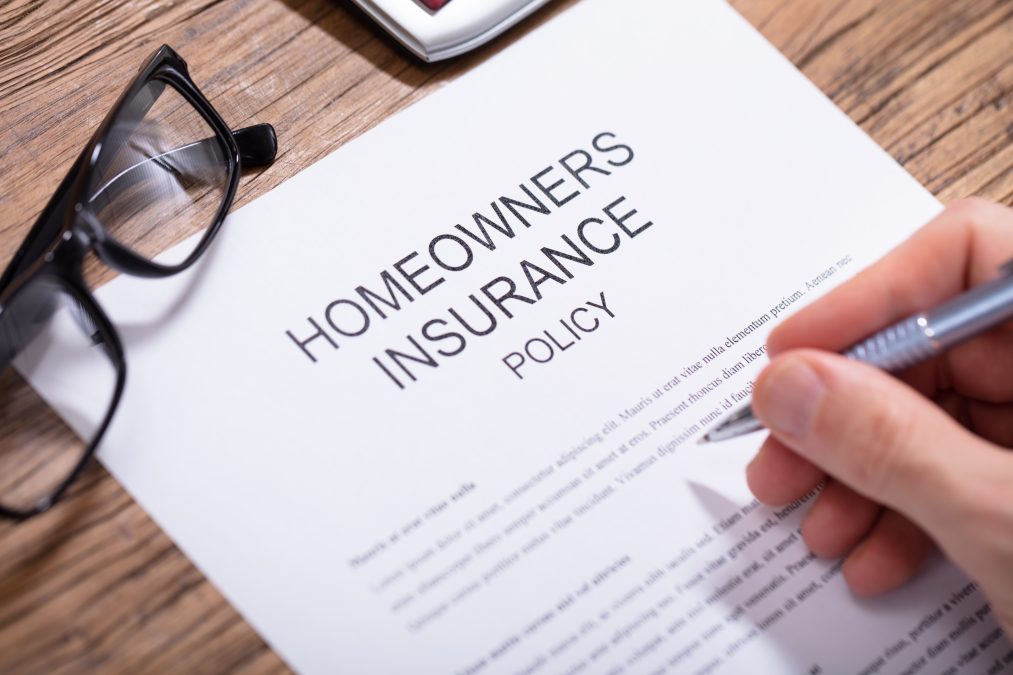With the dramatic increase in the cost of construction and materials in recent years, it’s probably time to double-check your homeowner’s policy to make sure your coverage is adequate in case of total loss. “Building costs were affected by supply chain issues during Covid, and then real estate prices shot way up,” says Lisa Lancaster, Agent at Alpine Insurance Brokers in Steamboat. “But there’s actually a lot more to it than that.”
Lancaster says the increase in natural disasters in recent years have had a serious impact on the cost of homeowner’s insurance, from the wildfires that spread across the west to the hurricanes in the Southeast and flooding across the Midwest. “Natural disasters that have affected people across the U.S. can affect your insurance rate even if it’s not in your state because it affects the industry as a whole.”
In Colorado, insurance carriers have become increasingly cautious about wildfires. “Any homes anywhere near where a previous wildfire was are going to be a lot more expensive to insure, even if it’s highly unlikely that a fire will burn there again,” Lancaster says. “All of that, combined with market volatility and inflation, have made insurance premiums more expensive. “Consumers are seeing their premiums go up significantly, and often without warning,” she says.
But where consumers really need to pay attention is replacement cost or what is often referred to in a policy as dwelling limit. “Historically, building cost and market value were far apart—replacement cost wasn’t nearly as expensive as the cost of buying a home in Steamboat. But now what we’re seeing is building cost has increased so much it’s on par with market value.”
Lancaster says when new clients ask for a quote they may not be aware of the difference between the cost to rebuild and market value. “We try to educate our clients and maintain a relationship with open lines of communication throughout the year.” She looks at any improvements they’ve made and calculates the replacement cost by multiplying the square footage with what the construction industry is currently charging for building cost, and offers each client the opportunity for an annual review.

“On the high end, luxury homes are running up to $1,000 per square foot for replacement cost, and the local construction companies I spoke with said building materials have increased 35% in the last year,” Lancaster says.
Lancaster says a lot of people don’t read their policy and probably don’t know what their replacement coverage is. “Before I started working in the industry, I would just renew my policy every year. The normal consumer simply does not educate themselves on their coverage.”
The time to reevaluate is when your policy comes up for renewal, but changes can be made at any time. The good news is, you can increase your dwelling limit and it might not cost as much as you think. “You want to look at your dwelling limit and then divide it by the square footage of your house to see where you’re at.” For example, let’s say someone’s dwelling limit is $1,000,000 on a 2,500 square foot home. They are insured for $400 per square foot replacement cost, which is likely not enough in our current climate, and if they asked my opinion I would recommend increasing the dwelling limit. Lancaster says it’s as simple as calling your insurance agent and letting them know you’re not comfortable with your dwelling limit. “Ask them if they can raise it and how much it will cost. It might not raise your premium as much as you might think.”
When seeking a quote, try to give your agent enough time to explore your options. “The hardest thing for us is when someone calls on a Monday and their policy expires on Friday,” Lancaster says. Thirty days is ideal.
It’s also important for consumers to understand it doesn’t matter how long you’ve held your policy or even if you’ve never made a claim—the premium is based on an industry standard rate, calculated on risk, not merit. “Just like everything else that has increased the cost of living, so has the cost of your insurance,” Lancaster says.
Another variable Steamboat homeowners need to aware of, especially buyers looking to get into the market is that one of the factors taken into consideration for rate calculation is the proximity to a fire station. “Since Covid, the trend has been that people want acreage, they want seclusion, they want a more rural setting. But if you are more than 10 miles from the nearest fire station, your coverage is going to get really expensive.” Lancaster says insurance carriers will want to see a water source and that preventative measures are taken such as an internal fire suppression system, central fire alarm, and fire mitigation efforts around the house.
The bottom line is that consumers should be aware of what their coverage is, and what they pay for it. “You have the right to have it explained to you, to ask questions, to ask for quotes or for better coverage,” Lancaster says. “What you don’t want is to find out after-the-fact that you didn’t have sufficient coverage. Your home is one of your most important assets. You want to make sure it’s protected.” Lisa can be reached via email at lisa@alpineinsurancesteamboat.com, or by calling 970-879-2265 //alpineinsurancesteamboat.com.

